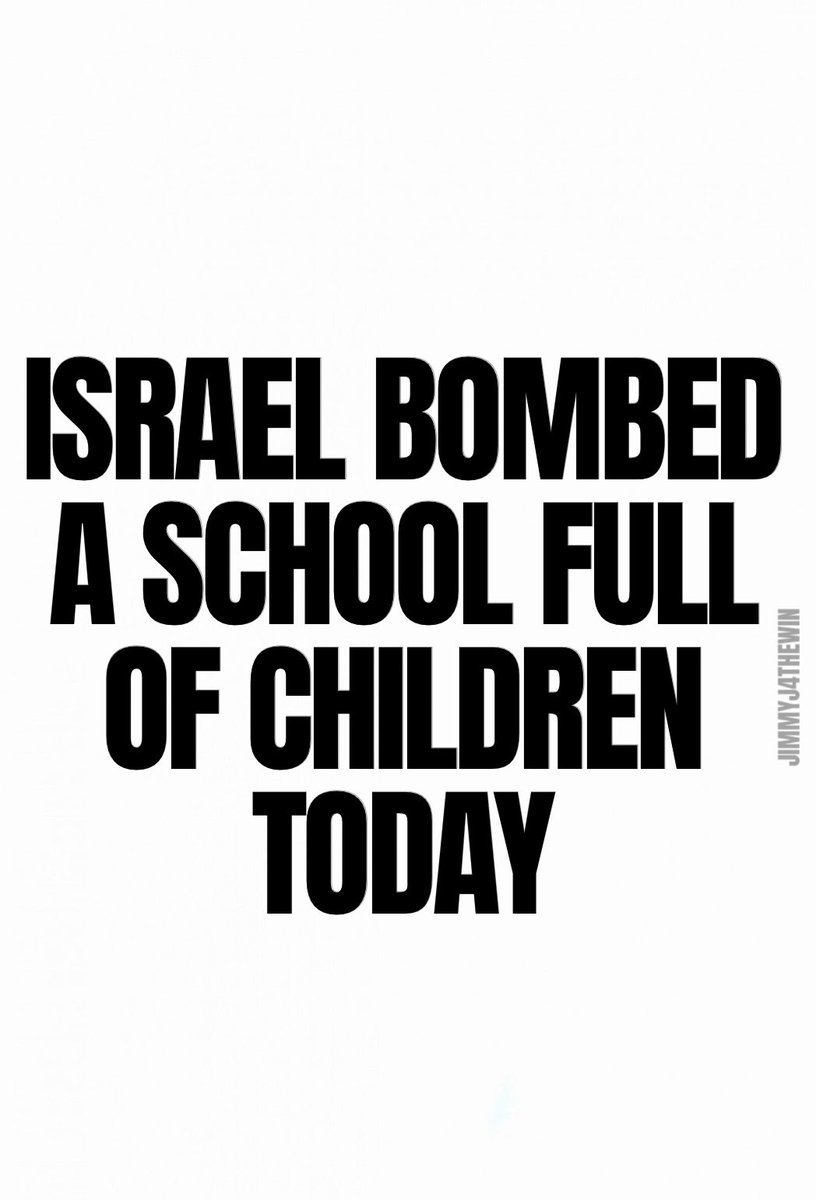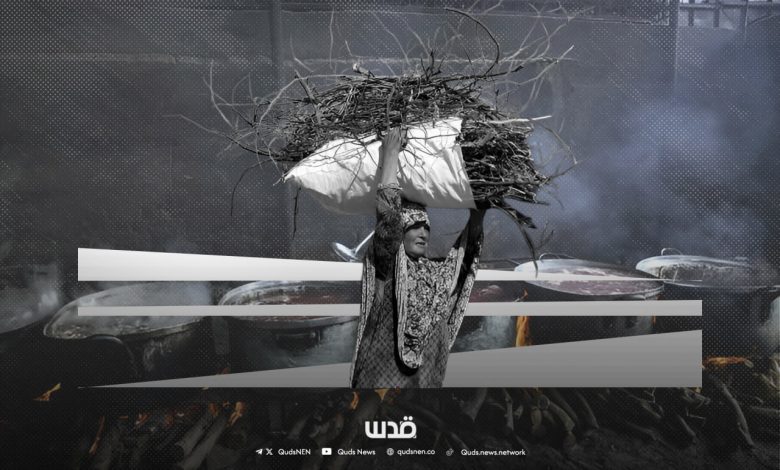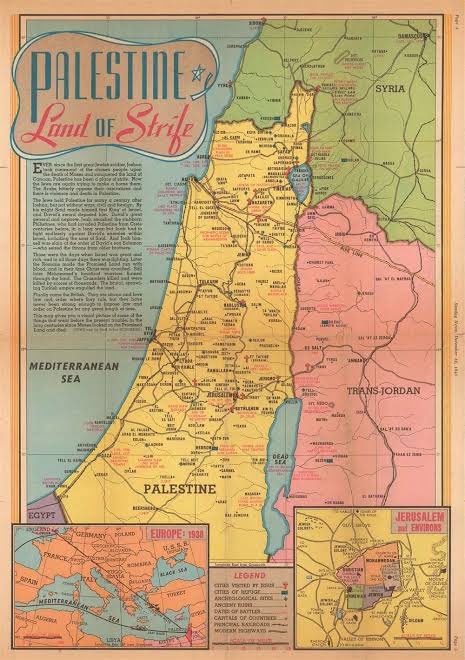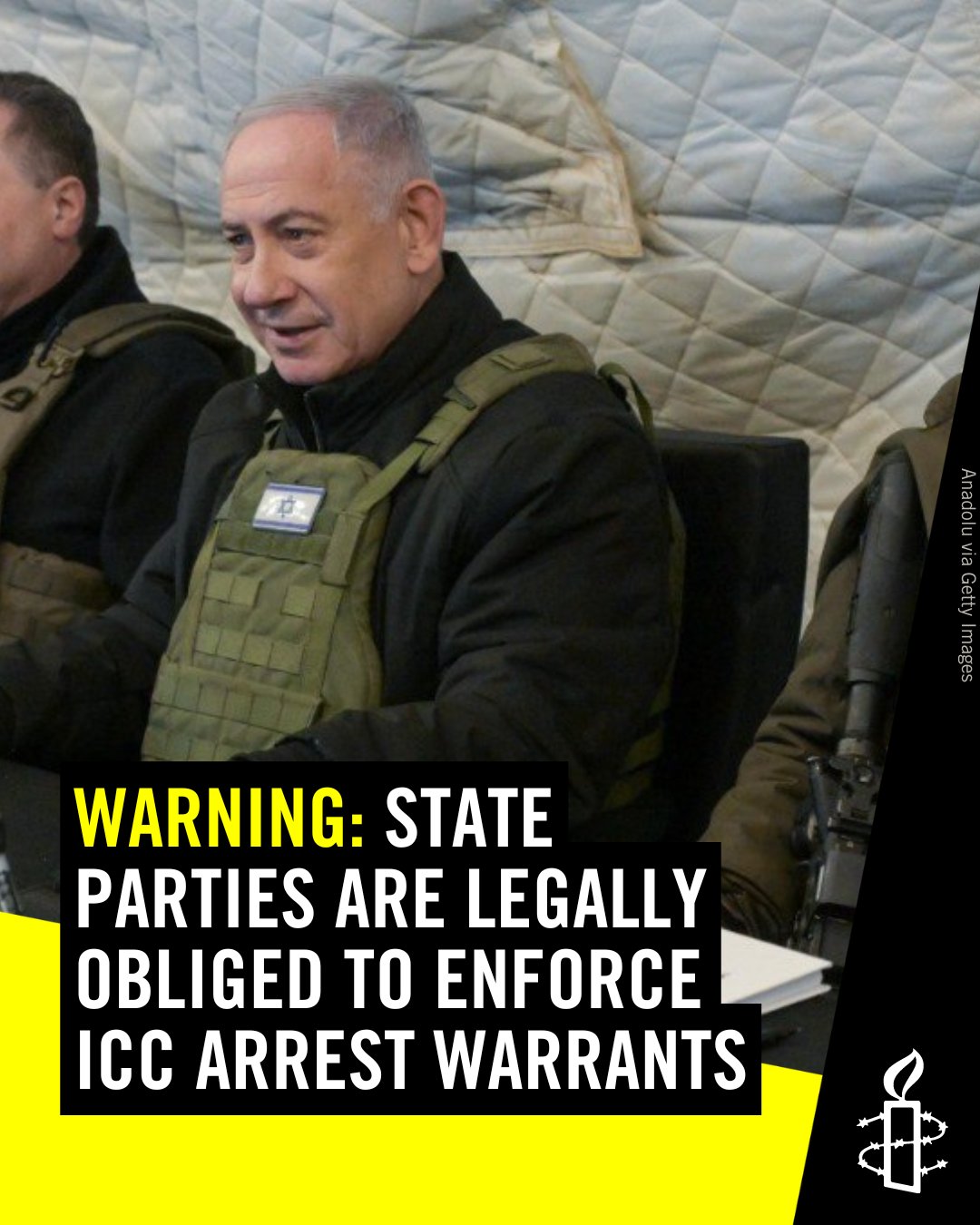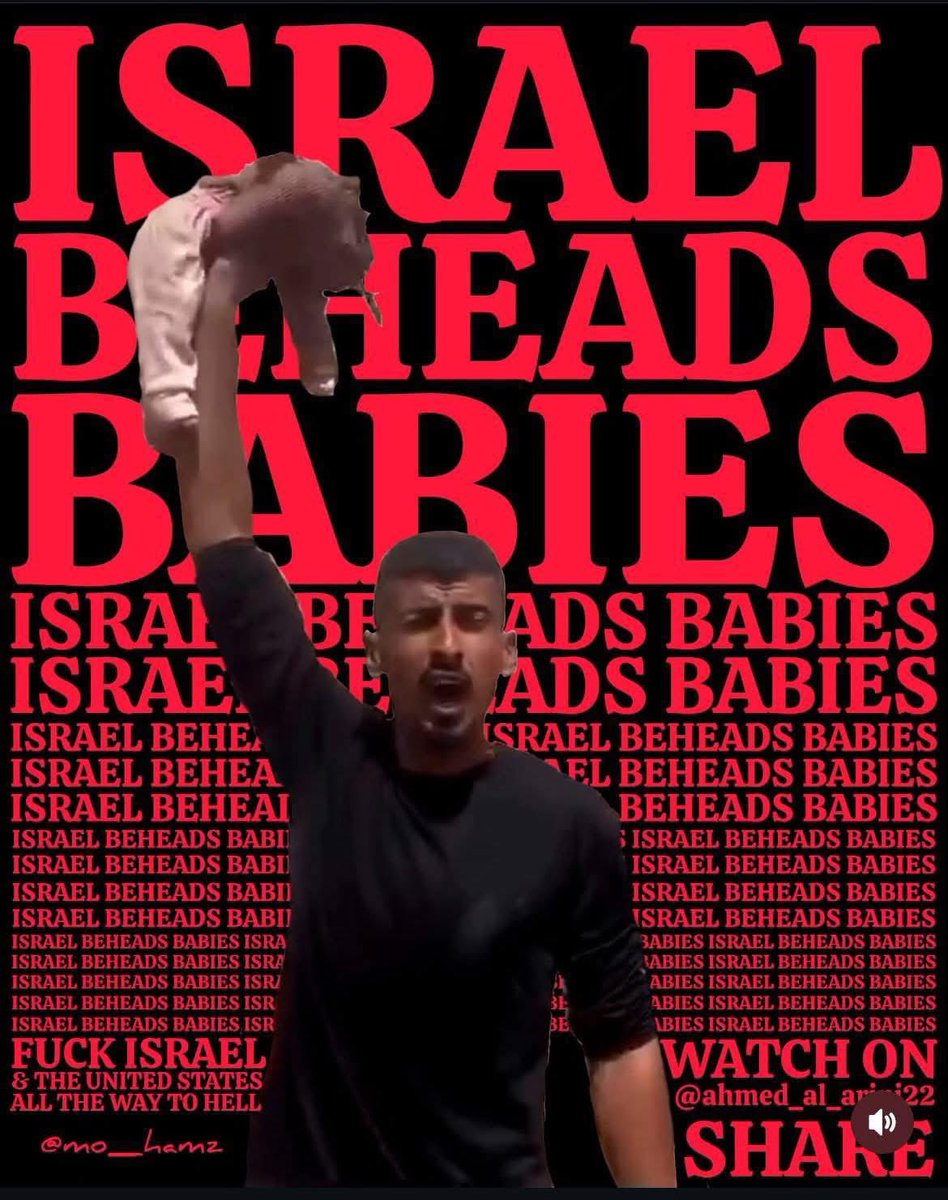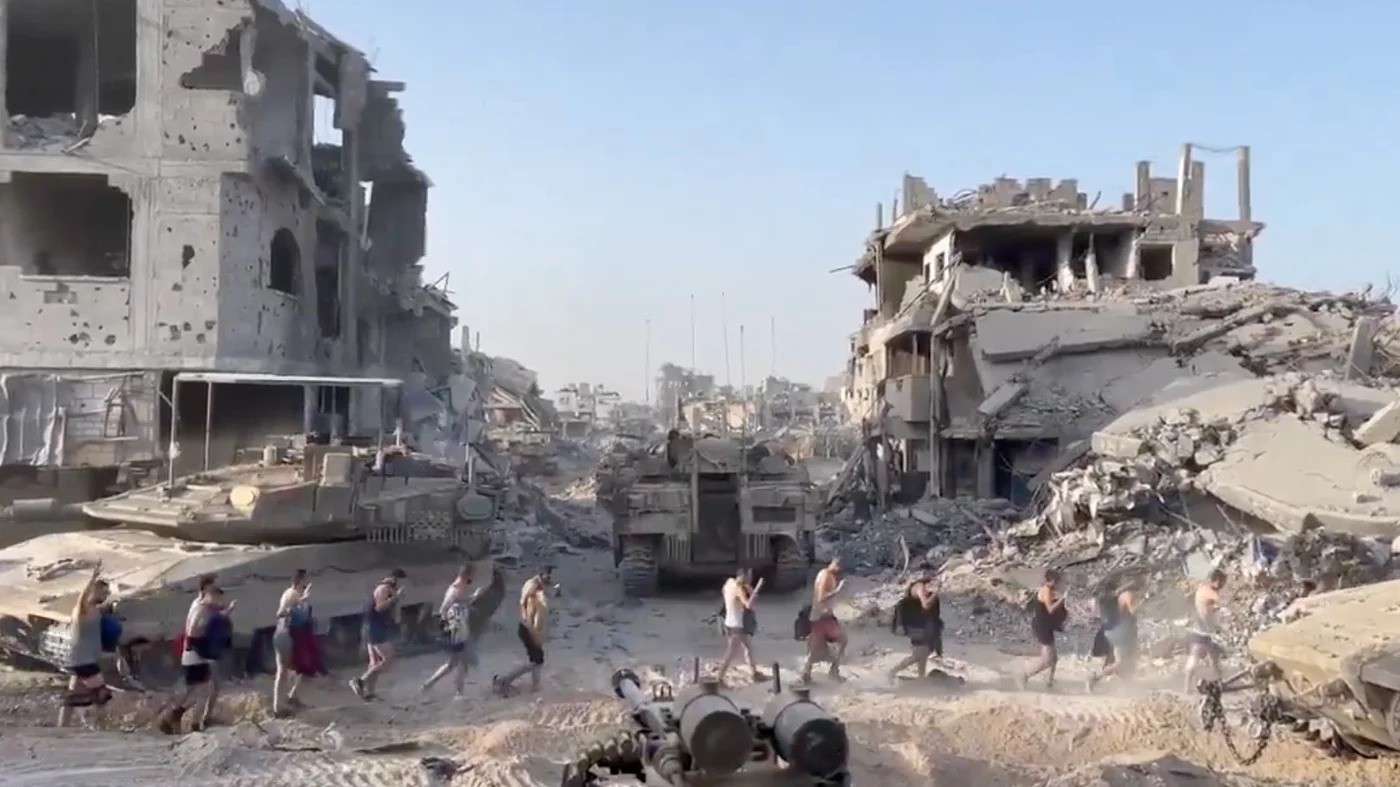
Harrowing testimonies of field executions, sexual harassment by the Israeli army in northern Gaza
Harrowing testimonies documenting serious crimes committed by the Israeli army against civilians during its storming of Kamal Adwan Hospital and the surrounding areas in northern Gaza were collected by Euro-Med Human Rights Monitor.
These crimes included deliberate killings, field executions, as well as sexual and physical assaults on women and girls from medical teams and displaced women in the area.
The units of Israeli infantry and armoured forces stormed Kamal Adwan Hospital and its vicinity, Friday, following weeks of siege, artillery and air bombardment, and targeted attacks on medical and technical staff working in the hospital. The attacks also disabled the hospital’s operational capacities by targeting power generators and oxygen production equipment.
According to testimonies collected by Euro-Med Monitor’s field team, Israeli forces committed a series of horrific crimes during their assault on the hospital. These included detonating booby-trapped robots near several inhabited homes, causing their collapse and killing civilians inside. The crimes also involved Israeli soldiers executing civilians on the spot, some of whom were wounded, while others carried white flags.
The Israeli army detained dozens of women and girls, subjecting them to severe abuse amounting to sexual harassment, alongside degrading treatment that violated their human dignity. This included beating them and forcing them to remove their hijabs and clothing.
Additionally, Israeli forces forcibly evacuated everyone in the area, compelling them to flee outside the northern Gaza governorate. During this operation, the army abducted dozens of individuals, including members of medical and service teams, such as Dr. Hossam Abu Safyieh, the director of Kamal Adwan Hospital, and journalist Islam Ahmed.
A soldier forced a nurse to take off her trousers, then placed his hand on her. When she tried to resist, he struck her hard across the face
A woman expelled from the area by the Israeli army
“A.A.,” 41, recounted to the Euro-Med Monitor team: “I am a volunteer paramedic. I was staying in a house near Kamal Adwan Hospital with 11 civilians. Around 12:30 a.m. on Friday, we heard a vehicle at the door. I told those with me it seemed like the army was placing explosive robots. Looking out the window, I saw several robots in front of homes in the area.”
He added, “We left our house and moved to another nearby, hoping to survive the explosions. About half an hour later, the robots started detonating. The sounds were massive and terrifying, like miniature nuclear bombs.”
He continued: “During this time, a young man who had reached another house in the area told us that the place they sought refuge in was bombed, injuring several people. I rushed with others to help, but as we approached the house, an Israeli aircraft fired another missile at it. We managed to evacuate one of the injured and found one dead. However, we were also injured in the process. At that moment, we heard screams from a nearby house that had been hit as well. We were in a dire state, injured and unable to help.”
He added: “We returned to the house amid ongoing explosions. In the morning, we went back to our original house to find it almost completely destroyed. Despite that, we sat in the kitchen, about 14 of us. Then army vehicles began shelling the house. We shouted that we were civilians. The homeowner stepped out, waving a white flag, but the soldiers immediately shot him dead from close range. When we tried to retrieve his body, they fired a shell at us, injuring more of us. Among us was a child who seemed to have a psychological disorder, worsened by the relentless bombing.”
“Later, the army sent a civilian (a Palestinian detainee) to tell us to surrender. We said we were civilians and raised a white flag. They led us to an open area near a cemetery, where we were forced to strip down to our underclothes and stand in the freezing cold. When the child with the psychological disorder stepped out, he ran towards an Israeli tank. I called out to him, but he didn’t respond. They shot him dead immediately. There was an armoured personnel carrier and a tank in the area. A soldier ordered us to gather at a specific spot. Among us were five injured individuals who were forced to walk in front of the tank. Suddenly, they were shot dead without any questioning.”
He added: “We were then ordered to stop near the tank, and I thought it was going to crush us. After some time, they transported us to the Al-Fakhoura area, where they left us exposed and nearly naked until 8 p.m. We were around 300 people, and they detained several among us. During this time, an officer fired shots above our heads and ordered us to head towards Jabalia. Drone aircraft hovered overhead until we arrived.”
In the same assault, the Euro-Med Monitor documented testimonies revealing that nurses, patients, and their companions at Kamal Adwan Hospital were subjected to acts amounting to sexual violence. Israeli soldiers forced women and girls to remove their clothing under threats, insults, and offensive slurs targeting their honour. Several women and girls also reported being sexually harassed.
One of the women expelled from the area told the Euro-Med Monitor team: “A soldier forced a nurse to take off her trousers, then placed his hand on her. When she tried to resist, he struck her hard across the face, causing her nose to bleed.”
Another woman reported that a soldier told a woman in their group: “Take it off, or we’ll force it off you.”
In another incident, a woman refused to remove her headscarf, prompting a soldier to tear her clothes, exposing her chest. One victim recounted being dragged by a soldier who forced her to press against him, saying, “Take it off now,” while hurling obscene remarks at her.
Similarly, a hospital staff member told the Euro-Med Monitor team: “The soldiers ordered us to remove our hijabs, but we refused. They then turned to the girls under 20 years old and demanded they remove their hijabs, but they also refused. The soldiers decided to punish us by taking two women at a time and forcing them to lift their clothes and lower their trousers under threats and coercion.”
During the assault, Israeli forces destroyed and burned most of Kamal Adwan Hospital’s sections after targeting it with shells. Preliminary information also indicates that several hospital staff members were killed while trying to extinguish fires in one of the hospital’s sections, which was completely rendered out of service.
Euro-Med Monitor Human Rights Monitor calls on relevant UN bodies to launch an immediate investigation into the allegations contained in the testimonies of survivors from the Israeli army’s assault on Kamal Adwan Hospital and the surrounding area. It stresses the need to activate legal mechanisms to hold accountable those responsible for human rights violations, including individuals, political leaders, and military officials involved in such acts.
Euro-Med Monitor reaffirms that the failure of states to fulfill their legal obligations to halt the genocide in Gaza over the past 14 months, coupled with their refusal to take decisive steps to compel Israel to stop its crimes, renders them internationally liable for these atrocities, with some states effectively becoming accomplices.
The international system, led by the United Nations, has chosen not to achieve the fundamental goals and principles upon which it was established. Over the past 14 months, it has displayed a disgraceful failure to uphold its commitment to protecting civilians and stopping the genocide Israel is committing against Palestinians in Gaza—an objective that should be central to its mission and existence.
Euro-Med Monitor reiterates its calls for all relevant international and UN parties to act immediately to fulfill their legal obligations to end the genocide in Gaza, impose a comprehensive arms embargo on Israel, hold it accountable for all its crimes, and take concrete measures to protect Palestinian civilians.
Euro-Med Monitor also demands the facilitation of the return of forcibly displaced persons to their homes, the release of abducted Palestinians, and the revelation of the fate of forcibly disappeared individuals. It also urges the immediate and unobstructed entry of all forms of humanitarian aid, particularly life-saving supplies, to meet the needs of Gaza’s population, especially in northern areas.
Finally, Euro-Med Monitor calls for the compensation of all victims and their families, ensuring the withdrawal of Israeli occupation forces from the entirety of Gaza and all Palestinian territories.

